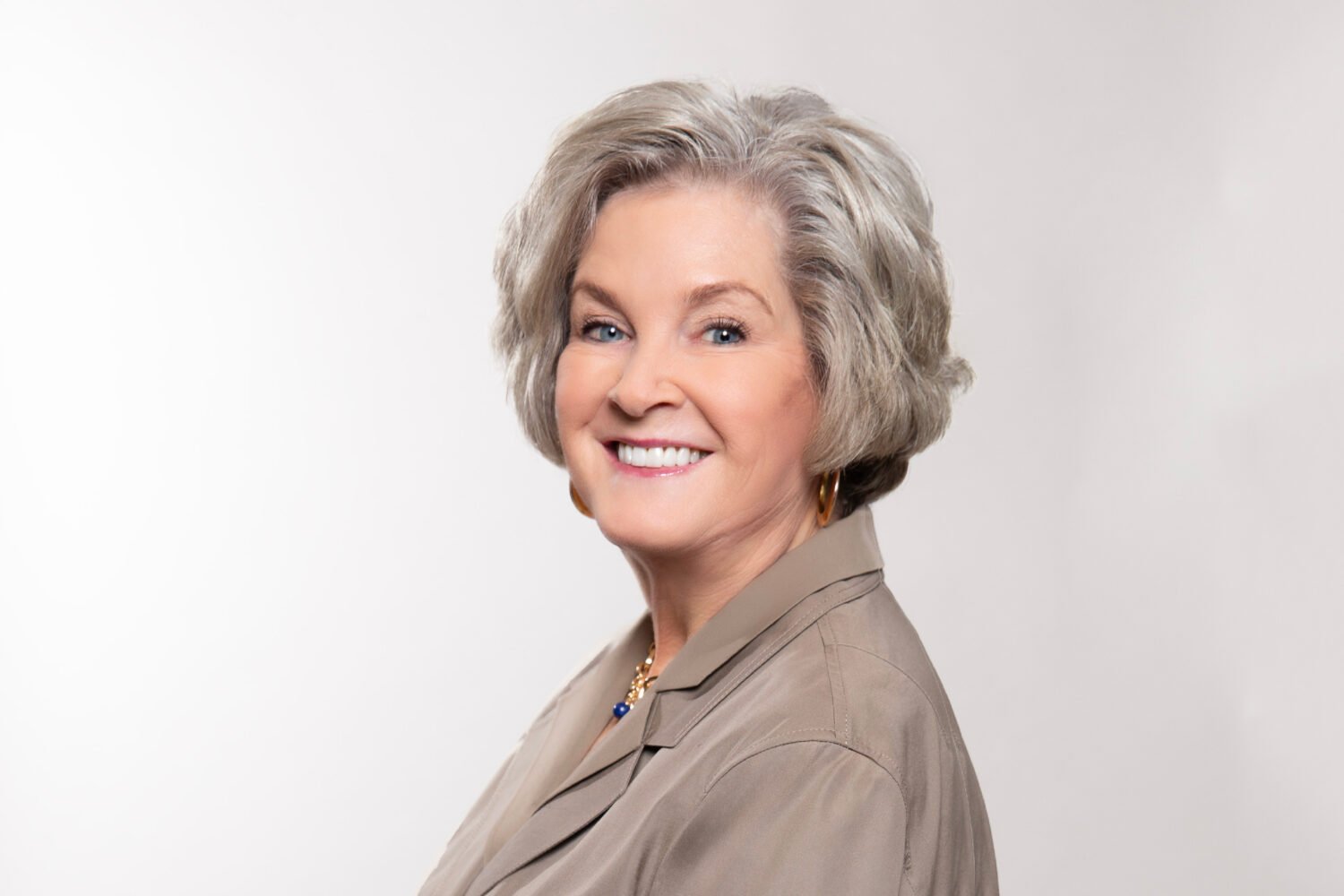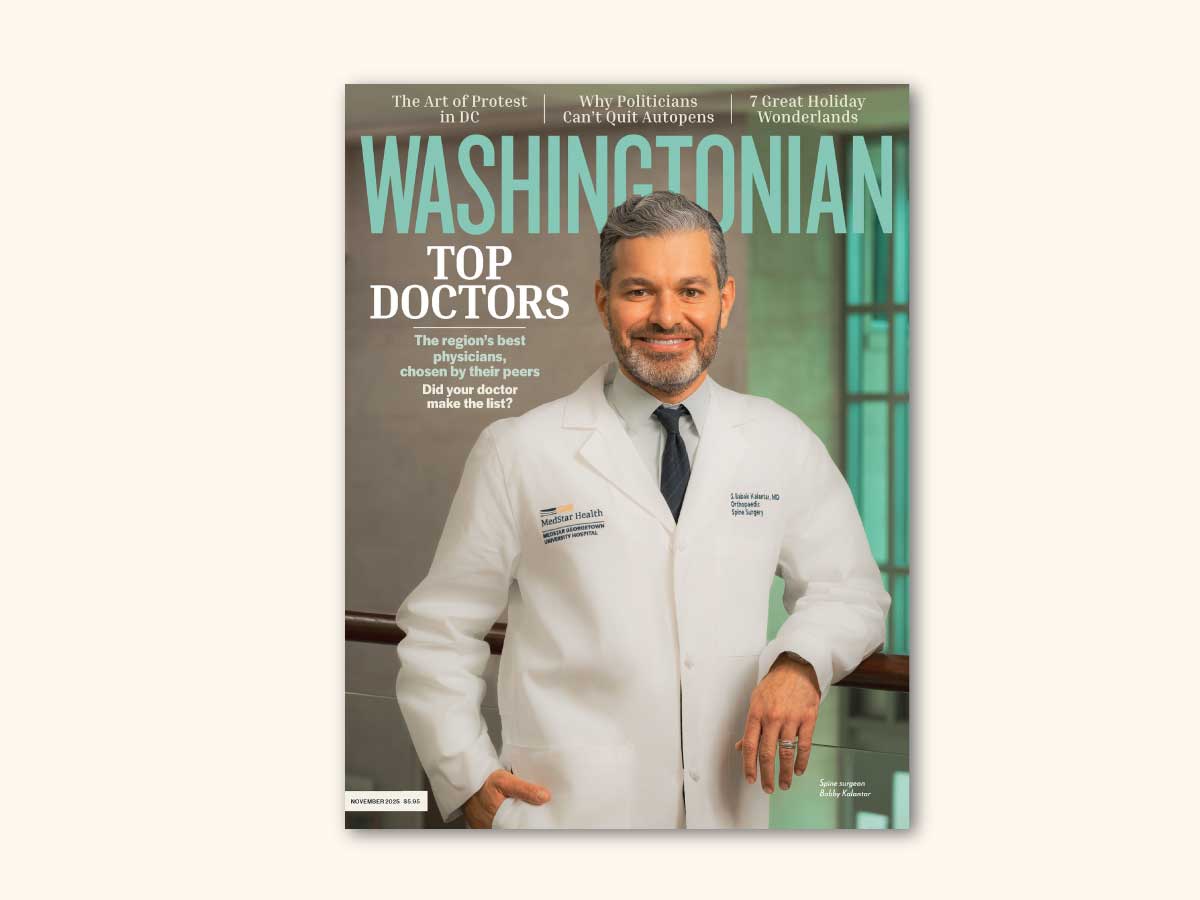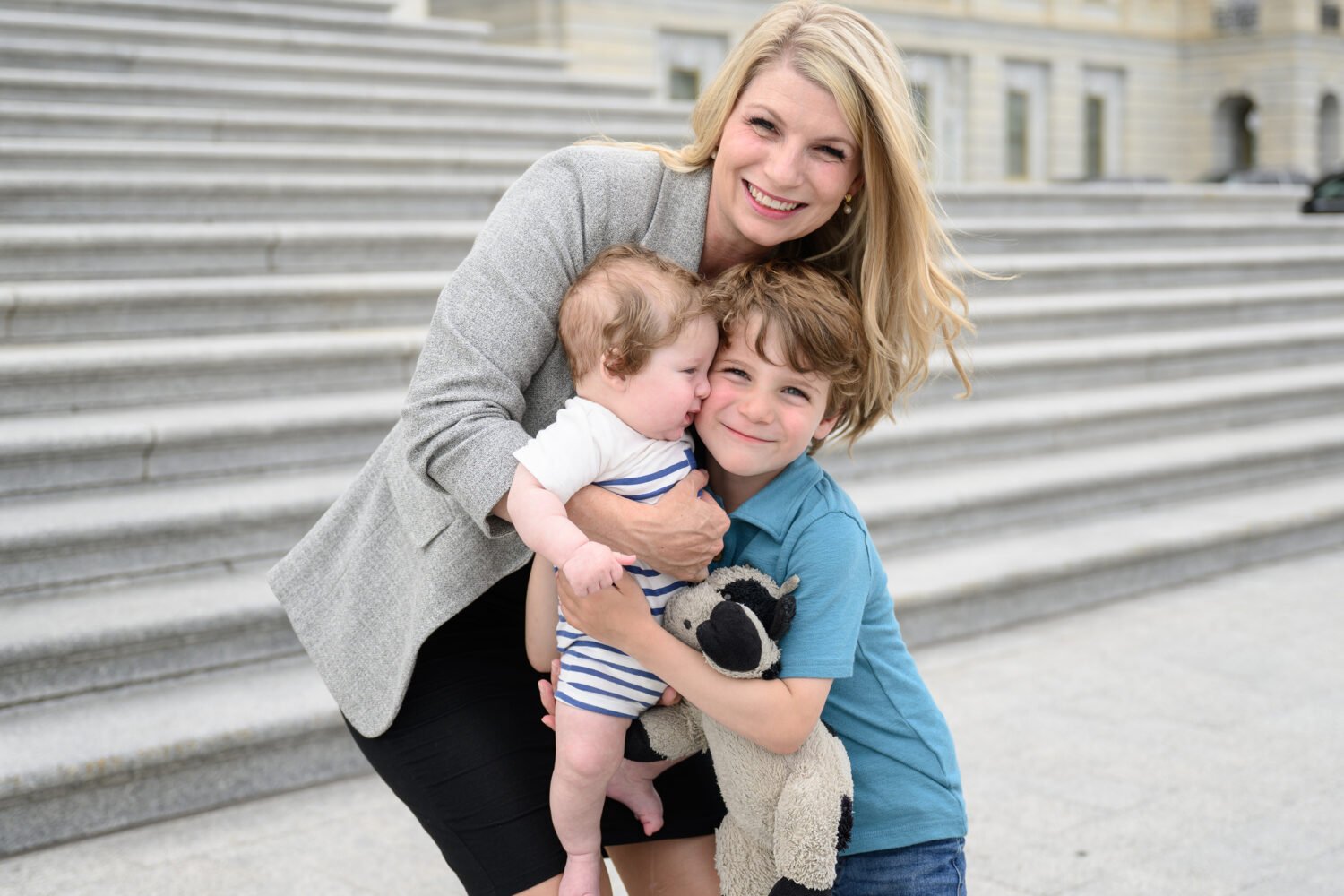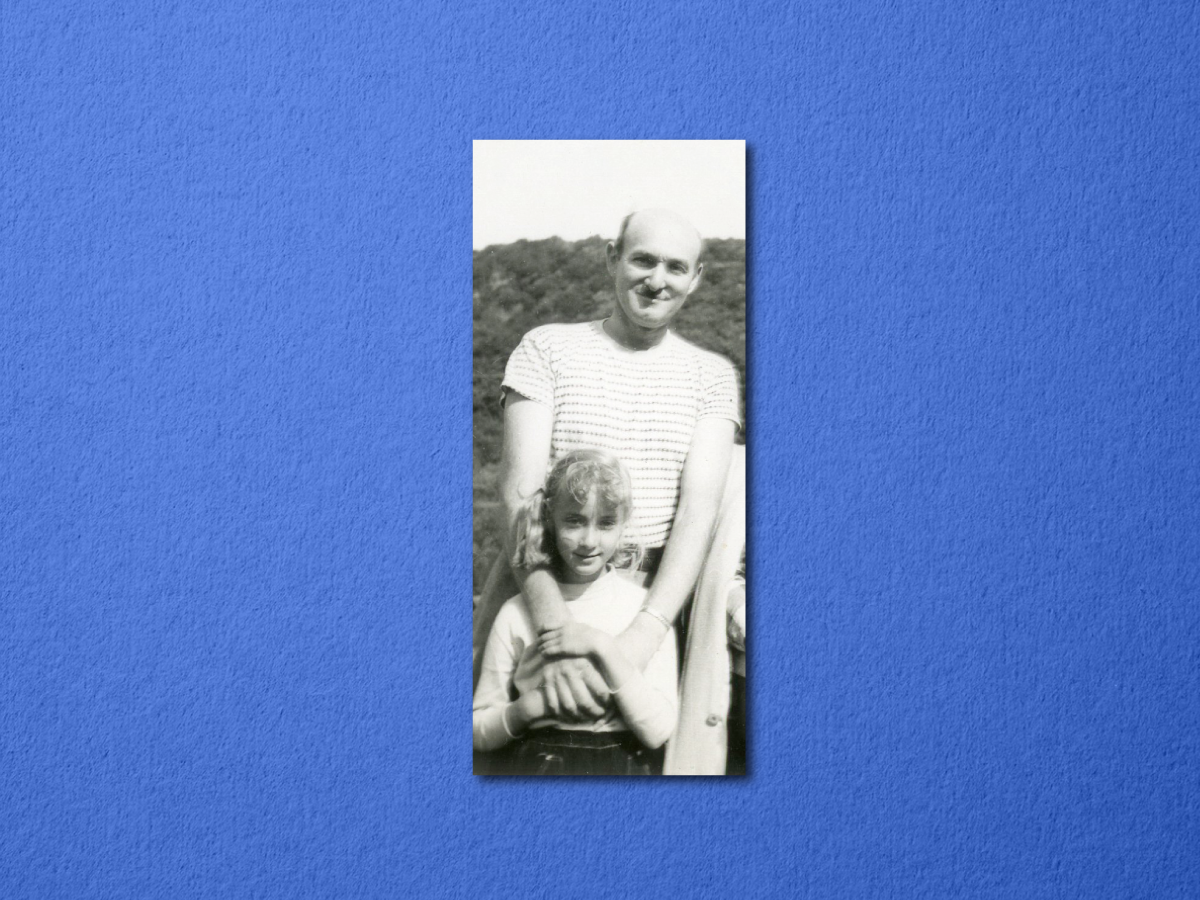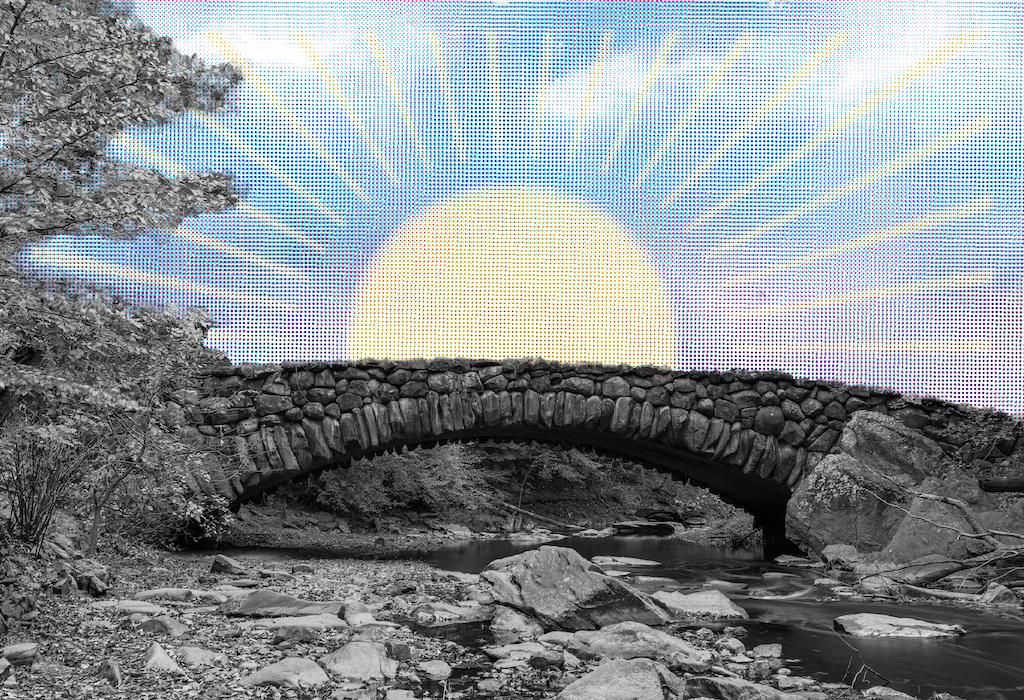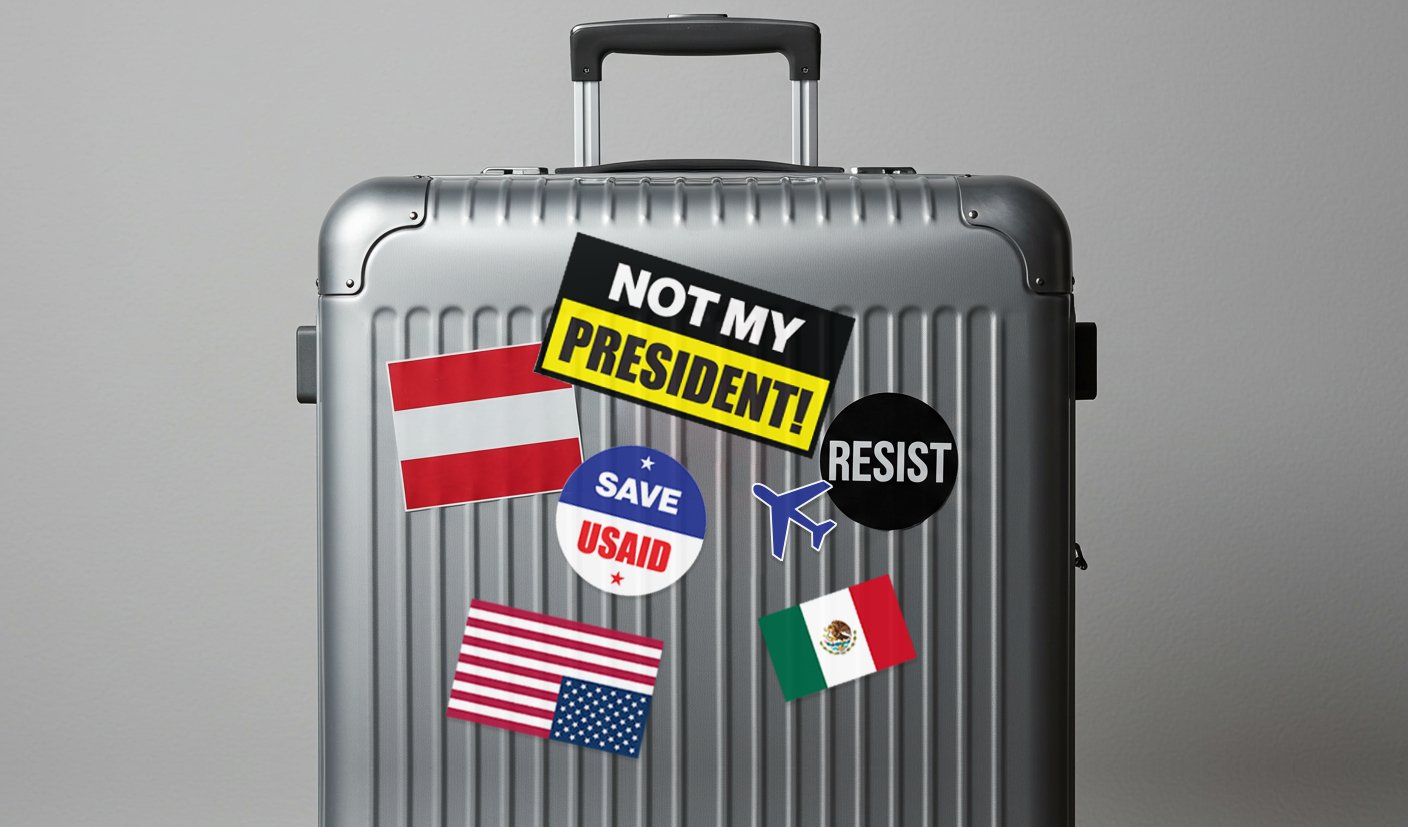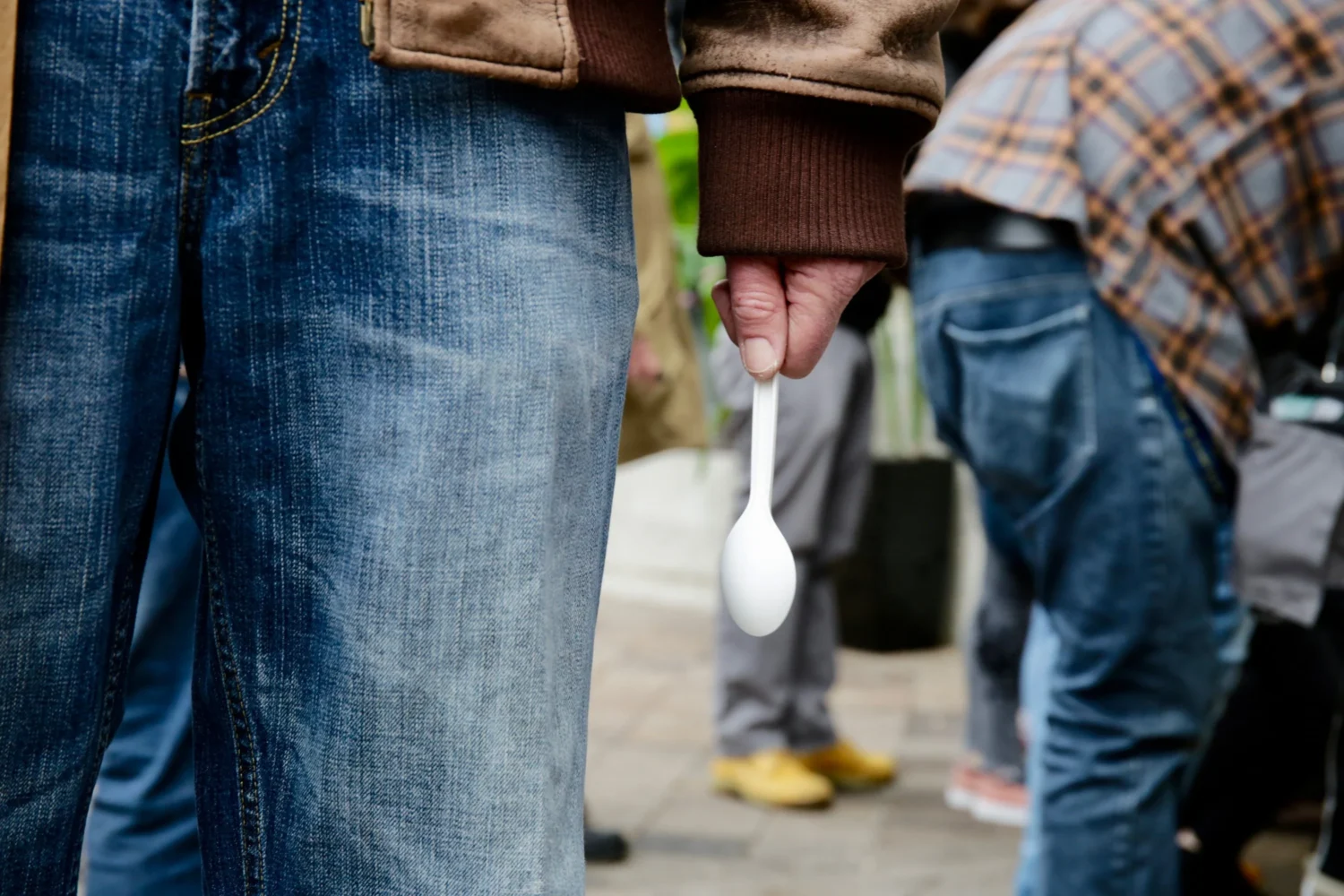This is the year I’m coming out. Not as gay—I did that years ago. I’m coming out as 55.
Something about that double digit is even more startling, and worth claiming, than 50. Reaching my half century was odd but felt no different than 49, even 45. Like many, I had a lot invested in the notion that the calendar flip would be a mere apostrophe bridging my forties to whatever came after.
But 55: Not only does it bisect the decade bookended by one milestone and an even more fraught stage—the sixties—but I’m at the exact midpoint of that age, a Virgo precisely between Septembers. At this moment, I’m truly 55.
As such, I’m weary of the fudging, the loose time references. Talking to interns, summarizing my job and how I got here, I’ve tended to muffle the chronology with protective cushions like “longer ago than I care to admit” and “the ’80s,” a stand-in for the early ’80s, when my career actually began. But doing that diminishes the experiences that formed who I am. The number-one writing lesson applies to life: Be specific.
I’m ready to confess that my Springsteen concert (everybody has one) was 38 years ago. That, as indeterminately aged as I sometimes fancy myself, I’m kidding no one. I nursed a jawbreaker as a seven-year-old watching Neil Armstrong step onto the moon. I started college when Carter was President, and I wrote every paper but one on a manual typewriter (the last on a borrowed electric). In this so-called golden age of television, I maintain that some of the best TV ever was in the ’70s—try topping Mary Hartman, Mary Hartman. The first shattering public event of my adulthood was John Lennon’s murder, mourned not on social media but through stricken looks exchanged all the next cold morning.
In my twenties, I initially thought both the Walkman and music videos wouldn’t last. (Well, they didn’t!) Technology changed journalism for the better, though I consider myself fortunate that my career began in the last days before universal computerization, when manuscripts were still sent to a typesetter, enabling novices like me to observe in black and white (and red) how colleagues could make a story better, trimming and restructuring for clarity and impact. It’s still possible to learn editing on the job, but the built-in visual instruction isn’t there.
I have no interest in making a case for the “wisdom” I have to impart. This isn’t an argument against ageism. Like any coming-out, the value lies simply in saying what is.
About a year ago, I joined Instagram, and besides reconnecting to a long-dormant interest in photography, I’ve found myself—amid travel shots and beagle portraits—posting landmarks of my Silver Spring childhood. Mrs. K’s Tollhouse, the ne plus ultra of dining for a kid then, with waitresses in petticoats and a scoop of lemon sherbet between courses; the old Canada Dry bottling plant (now condos), where I interviewed for, but didn’t get, a summer clerical job as a teen; Saint Bernadette’s, the school where I learned almost everything I know about grammar, echoing it back to the nuns in mandatory blue fountain pen.
These signposts are important to me. To use the current argot, I’m moved to share them—not because they’re essential to the Earth’s engine or to anyone else’s story but because they’re essential to mine. They’re just a portion of the images that add up to 55. And one day, if my luck continues, 56.
This article appears in the March 2017 issue of Washingtonian.





